Get to know your home
If you’re one of the many that moved into a new home over the last few years, whether a first-time buyer, or a seasoned homeowner, it is always important to get acquainted with the systems in your home. We’ve rounded up some of the basics that every homeowner should know.
Is my heating system a furnace or a boiler?
Well, boilers use hot water (think boiling water) to heat your home through radiant flooring or radiators. Furnaces, on the other hand, use warm air or ‘forced air’ that is blown through ductworks and vents to heat the home.
Do I need to know how to turn my heating system off?
Yes! In case of emergency…locate your Emergency Switch, main water shut-off valve, and electrical panel. The emergency switch is usually located right as you enter the basement around eye-level and should have a red switch plate. This switch shuts off the burner in your heating system, the component that houses the unit’s combustion. Some homes might have more than one emergency switch depending on your equipment and home’s design.
What are the important components of my propane tank?
Make sure you locate your propane gauge and shutoff valve under the cover on the top of your tank. The gauge is read as a percentage of volume you have in your tank. Remember, since propane is stored as a liquid under pressure, a tank reading of 80% is considered full to ensure the propane has room to expand as temperatures fluctuate throughout the day.
It’s my first time in an oil heated home, help!
We know an oil heated home can sometimes seem intimidating, but it’s really pretty easy. We deliver fuel from the exterior of your home through a fill pipe connected directly into your oil tank. To make it even easier, our computer system calculates when you need a delivery based on a weather metric (degree days) and the efficiency of your heating system.
How does my central AC work?
There are two main components of your central AC system. The outside condenser unit(s) takes heat from inside the home, transfers it through a refrigerant and deposits it outside to leave the inside cool. The air handler(s), located inside the home, is what circulates the cool air through your home. The air handler is also where your air filter can be found.
With safety tips and guidance on common situations our customers face, our FAQ page
rural-fuels.com/safety-faqs is a great resource for additional insight on your home’s systems and fuel use.
